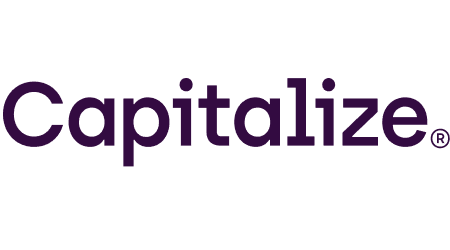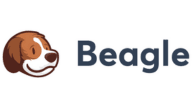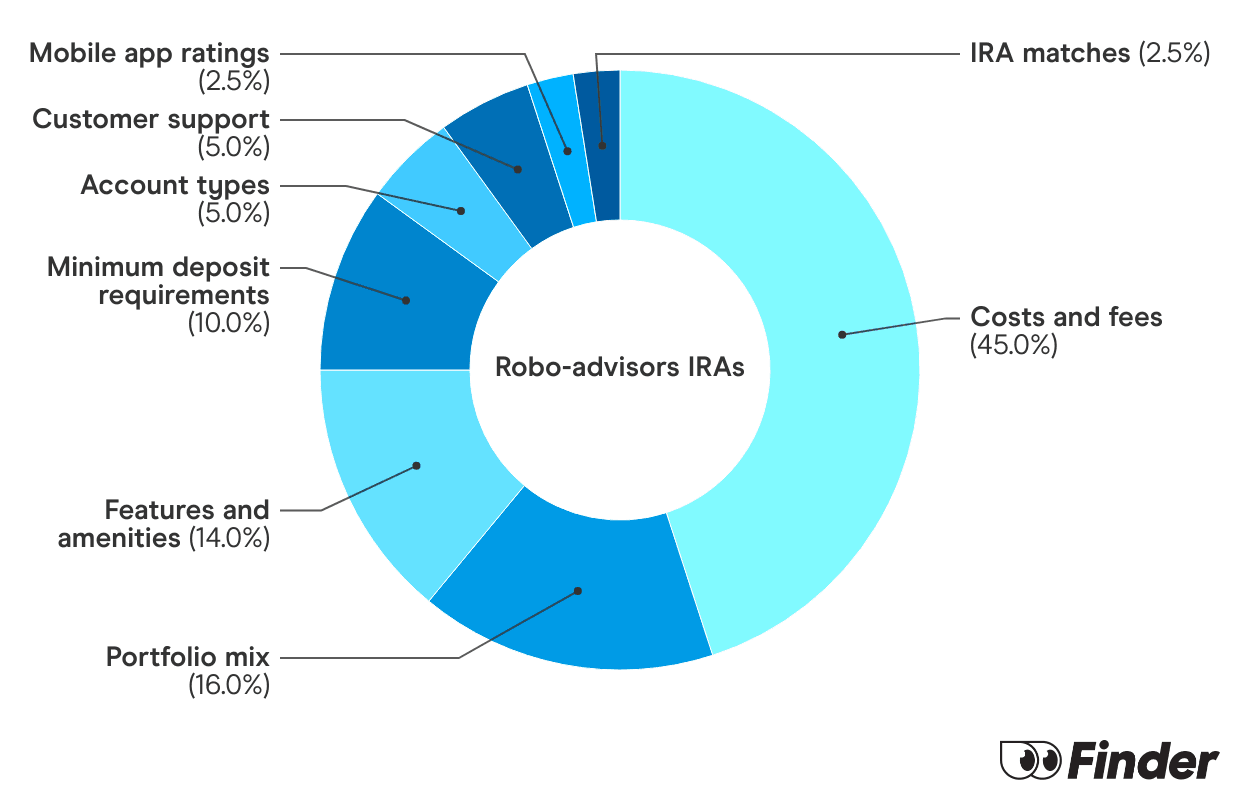-
Commitment to our readers
18 years
Helping you save money
Reviewed
by experts
Cited by
major publications
Finder maintains full editorial independence to ensure for our readers a fair assessment of the products, brands, and services we write about. That independence helps us maintain our reader's trust, which is what keeps you coming back to our site. We uphold a rigorous editorial process that ensures what we write and publish is fair, accurate, and trustworthy — and not influenced by how we make money.
We're committed to empowering our readers to make sound and often unfamiliar financial decisions.
We break down and digest information information about a topic, product, brand or service to help our readers find what they're looking for — whether that's saving money, getting better rewards or simply learning something new — and cover any questions you might not have even thought of yet. We do this by leading with empathy, leaning on plain and conversational language that speaks directly, without speaking down.
Our picks for 401(k) search services

- Free 401(k) search and rollover process
- Find your old 401(k) with Capitalize’s proprietary technology
- Guided rollovers to an IRA of your choice

- Find all your old 401(k)s and their hidden fees
- Borrow from your Beagle 401(k) or IRA with 0% net interest
- Robo-advisor available if you roll over your 401(k) to Beagle
3 free ways and 1 paid option to find your old 401(k)
It’s not all that uncommon to lose a 401(k) — especially if you didn’t have much invested to begin with. It’s possible you were automatically enrolled in a 401(k) by your old employer and didn’t know the account existed. Or maybe you got caught up in the process of switching jobs and forgot to tie up loose ends.
Whatever the case, you can rest assured that your retirement funds aren’t gone, and you’re entitled to them. It’s a simple matter of tracking them down — and you can start by contacting your old employer.
1. Contact your old employer
Start your search by reaching out to the human resources department of your previous employer and asking for your old 401(k) plan information. If you don’t have HR’s email address or phone number on hand, reach out to any company employees you’re still in touch with to request the information.
In most cases, it shouldn’t be too hard to reconnect with your old employer, but if your company merged with another firm or went out of business, you may need to move on to step two.
2. Speak to the plan administrator
Now let’s say you haven’t had much luck reaching your old company. The next point of contact will be the plan administrator, which is the investment company responsible for managing the investments in your old 401(k) account.
Do you have any old account statements lying around? It might be time to dig through the filing cabinet for the last 401(k) statement you received from your past employer. This statement should have the plan administrator’s name and contact information on it. And they should be able to reconnect you with your missing account — or at least tell you where the funds are.
During this step, you may discover your old 401(k) was liquidated or moved. If your account had less than $1,000 in it, plan administrators are permitted to mail you a check, transfer the funds to a federally insured bank account or send the funds to your state’s unclaimed property fund. If the account had more than $1,000 but less than $5,000, the administrator may have rolled your old 401(k) into an individual retirement account (IRA) — a process known as an involuntary cash-out — which they can do without your consent.(1)
3. Search national databases
If you follow these steps and still come up short, try a national database. There are numerous sites and services designed to connect former employees with lost retirement savings.
Most are free to use with the exception of FreeERISA. Its Basic service doesn’t cost anything to use, but its Deluxe service tier is $14.95 monthly. The difference between the two? The Basic plan offers access to FreeERISA’s Form 5500 data, allowing you to search for plans by company name, state and ZIP code. The Deluxe plan gives you more search options, including plan type, total assets and total participants. It also lets you look up Non-Qualified Deferred Compensation Plans.
| Database | How to get started |
|---|---|
| |
OR
| |
| |
| |
|
4. Use a paid 401(k) search service
The benefits of government 401(k) search services is that they’re free. The downsides is that these services may not always be successful. Government registries typically rely on your former plan sponsor or custodian holding your retirement money to have registered you on the site as having an unclaimed retirement account for the tool to potentially populate results. Otherwise, you may be missing a 401(k) and it doesn’t show.
An alternative is a paid 401(k) search service like Beagle. Though it’s not free, Beagle can provide a more comprehensive search service, potentially finding old 401(k)s that didn’t turn up on on national databases. The company offers three plans with varying levels of features to help you find all your old 401(k)s and roll them over to an IRA of your choosing.
A similar, albeit free, service is Capitalize.
What to do when you find an old 401(k)
Once you’ve reconnected with your old 401(k), it’s time to decide what to do with it:
- Leave it with your old employer. If you contributed at least $5,000 to your old 401(k), you might consider leaving it where it is. But this may only be worthwhile if the account has competitive fees or offers access to unique investments. Otherwise, it’ll be yet another account to keep track of come retirement, and you may be better off rolling it over.
- New 401(k) rollover. Has your new employer offered you a 401(k)? Consider consolidating your retirement funds by rolling your old retirement account into a new 401(k).
- IRA rollover. If you don’t have a new 401(k) to move your old retirement funds into, consider rolling over into an IRA. That way, your funds retain their tax-advantaged status.
- Cash it out. Consider this a last resort because cashing out a 401(k) ahead of schedule can result in major penalties.
- If you’re older than 59 ½, you can access funds without penalty.
- If you’re under 59 ½, withdrawals are subject to a 10% tax penalty and other fees.
Compare retirement accounts
Your 401(k) options are generally determined by your employer, unless you’re self-employed with a solo 401(k). If you don’t like the plan or want a supplement, consider these and other brokers offering retirement accounts.
What is the Finder Score?
The Finder Score crunches 147 key metrics we collected directly from 18+ brokers and assessed each provider’s performance based on nine different categories, weighing each metric based on the expertise and insights of Finder’s investment experts. We then scored and ranked each provider to determine the best brokerage accounts.
We update our best picks as products change, disappear or emerge in the market. We also regularly review and revise our selections to ensure our best provider lists reflect the most competitive available.
Read the full Finder Score breakdown
Paid non-client promotion. Finder does not invest money with providers on this page. If a brand is a referral partner, we're paid when you click or tap through to, open an account with or provide your contact information to the provider. Partnerships are not a recommendation for you to invest with any one company. Learn more about how we make money.
Finder is not an advisor or brokerage service. Information on this page is for educational purposes only and not a recommendation to invest with any one company, trade specific stocks or fund specific investments. All editorial opinions are our own.
How much could you be missing?
Missing retirement funds is no laughing matter, with the average American having $196,192 saved in their retirement accounts. (2)
How much do you have for retirement?
Response | Contributions | Balance |
|---|---|---|
| Amount | $7,409.56 | $196,192.48 |
Bottom line
Losing an old 401(k) isn’t the end of the world — just make sure you have a game plan in place for the funds once you uncover them. Without a new 401(k) to roll funds into, consider opening a rollover IRA to help your retirement savings retain their tax-advantaged status. And for more on 401(k)s and how they work, check out our comprehensive 401(k) beginner’s guide.
Ask a question
More guides on Finder
-
Top IRA Match Accounts for 2025: Boost Your Retirement Today
Get up to a 3% IRA match with Robinhood and Acorns or a 1% IRA match with Public. See how to qualify here.
-
5 Best SEP IRA Providers of 2025
Explore the pros and cons of the best SEP IRAs and learn how to open one of these accounts.
-
7 Best Rollover IRA Accounts of 2025
Explore the advantages and shortcomings of the best rollover IRAs for beginners, mobile trading, advanced traders and more.
-
Best retirement plans of 2025
Review the best retirement plans in 2025, from employer-offered to individually opened to retirement plans for small business owners.
-
403(b) vs. Roth IRA: How do they compare?
Compare the key differences in contribution limits, tax advantages and investment options between 403(b)s and Roth IRAs.
-
7 types of IRAs: Which is right for you?
Learn about the different types of IRAs and which is right for you.
-
2025’s Top 10 Roth IRAs: Best Picks to Build Your Retirement Savings
Check out our picks of the best Roth IRA accounts for beginners, options traders, hands-off investors and more.
-
10 Best IRA Accounts for 2025: Top Retirement Picks
Check out our picks of the best IRA accounts for beginners, options traders, hands-off investors and more.
-
How to start a solo 401(k)
A retirement plan for self-employed individuals but may come with high administrative fees.
-
Goldco Review 2025: Pros and Cons
Pros and cons to consider before you sign up for a Goldco precious metals IRA.

